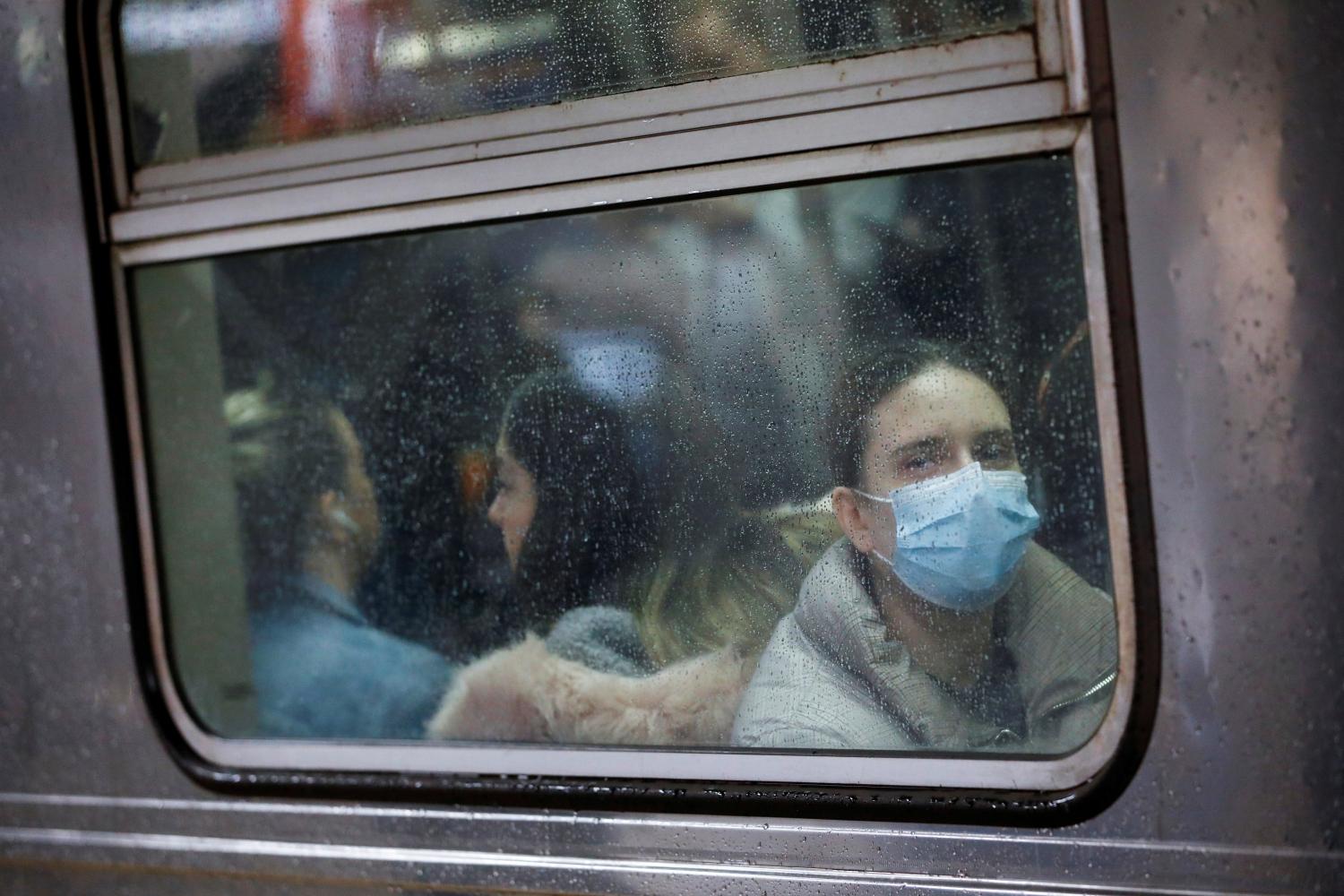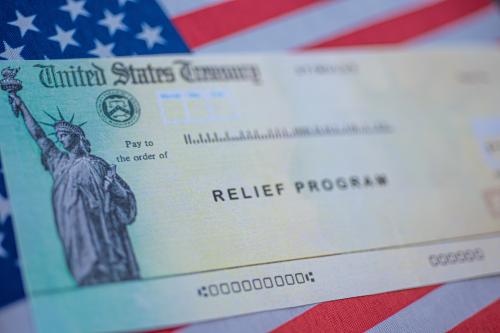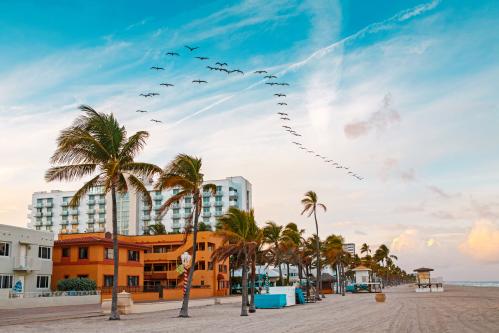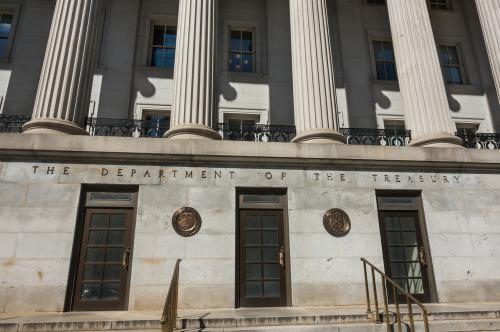This analysis is part of the American Rescue Plan: Strategies for Local Leaders series, a feature of the COVID-19 Metro Recovery Watch.
Last week, Brookings Metro’s Joseph Parilla and the Fund for Our Economic Future’s Brad Whitehead noted that money from the new American Rescue Plan Act (ARP)—the $1.9 trillion federal COVID-19 relief package—represents an opportunity for state and local officials to “invest” in their communities rather than simply “spend” their significant allotments. The authors stressed that the act’s $350 billion for “Coronavirus State and Local Fiscal Recovery Funds” gives governments a chance to move beyond relief, and seed a new trajectory by deploying the money “smartly and equitably.”
This piece details another observation: The investment opportunity is magnified by the fact that the funding for state and local governments appears to be incredibly flexible, and therefore even more supportive of innovative recovery solutions. Despite scattered carping about the need for more “accountability,” the most striking and underdiscussed aspect of ARP is that it represents not only the largest positive fiscal jolt to state and local budgets in decades, but also the one most supportive of local discretion.
That is not to say the funds are totally without restrictions. For example, ARP rightly bars the use of recovery funds to offset tax cuts. It also flatly prohibits depositing recovery funds into pension accounts. Beyond that, state and local use will be subject to Treasury Department clarifications, guidance, and oversight. Judicious federal oversight is not only wise, but legally required.
With that said, the $350 billion caters to local prioritization and should be viewed by states, localities, and their residents as a massive prod to communities’ aspirations.

In technical terms, the funds are substantial. They are available for use until 2024 and encumbered with minimal restrictions—a big departure from the norm of federal grants. Major provisions of the package are permissive and make clear that ARP money can be used to backfill revenue declines; respond to COVID-19’s public health and recessionary impacts; or invest in water, sewer, and broadband infrastructure. Funds can also be given to nonprofits or public benefit corporations to address the law’s broad purposes. Critically, localities are not subservient to their states—they receive their own funding, with the inflows relatively broad and distinct.
In short, ARP is much more flexible than March 2020’s CARES Act and more discretionary than the complicated mixed bag of 2009’s American Recovery and Reinvestment Act.
The upshot of all of this is that the coming funds represent a bright green light for creative problem-solving by states and localities. They now will have significant resources to wield for broad purposes, with power to aggregate them, link them, and align them in service of nudging their regions toward a new trajectory of inclusive economic growth.
What might such transformative implementation look like? Based on on-the-ground work in Northeast Ohio and Birmingham, Ala., Parilla and Whitehead suggest that smart use of the coming windfall will call for elected officials and the networks of civic, business, philanthropic, and community stakeholders that surround them to stabilize, strategize, and organize around a future vision. So, while pandemic-related budget damage (where it persists) needs to be repaired, states and cities will in most cases have the tools to explore more ambitious initiatives and put their regional economies on a better footing as business operations and public life return to normal.
In that vein, states and localities can and should move to launch some of the many smart experiments that have been proposed in their regions but deferred amid fiscal uncertainty.
For example, states can fund and weave together existing and new initiatives to foster digital adoption and improved management among small- and medium-sized firms. Likewise, they will soon have one-time funds to invest in regional growth initiatives (such as Fresno, Calif.’s cross-sector inclusive growth DRIVE initiative), programs to combat bias in small business relief (such as the Energize Colorado Gap Fund), or broadband expansions. They will also have resources to channel into improved workforce training, career coaching, and wraparound services such as child care, transportation, tutoring, or counseling for transitioning workers (as in the Michigan Reconnect program).
As part of our COVID-19 Metro Recovery Watch, Brookings Metro has assembled a list of nine concrete ideas for local area transformation as well as a collection of case studies of local and regional creativity during the recovery. These case studies and practical strategies amount to an array of ready-to-go ideas for the ARP moment.
These implementable models include initiatives for reshoring advanced-manufacturing supply chains; supporting microbusinesses in underserved communities; establishing city-led digital equity offices; creating local service corps; using community investment trusts to help local residents “buy back the block”; and launching affordable housing strategies in a down market. Originating from places as diverse as Indiana, Massachusetts, Detroit, Portland, Ore., and Birmingham, these ideas are examples of the kind of creativity that is now thinkable, doable, and scalable thanks to the flexible funds of the relief package.
As states and localities consider how to use their new funds, they would do well to seize on ARP’s flexibility and invest in real change.
The Brookings Institution is committed to quality, independence, and impact.
We are supported by a diverse array of funders. In line with our values and policies, each Brookings publication represents the sole views of its author(s).











Commentary
The American Rescue Plan’s secret ingredient? Flexible state and local aid.
April 2, 2021